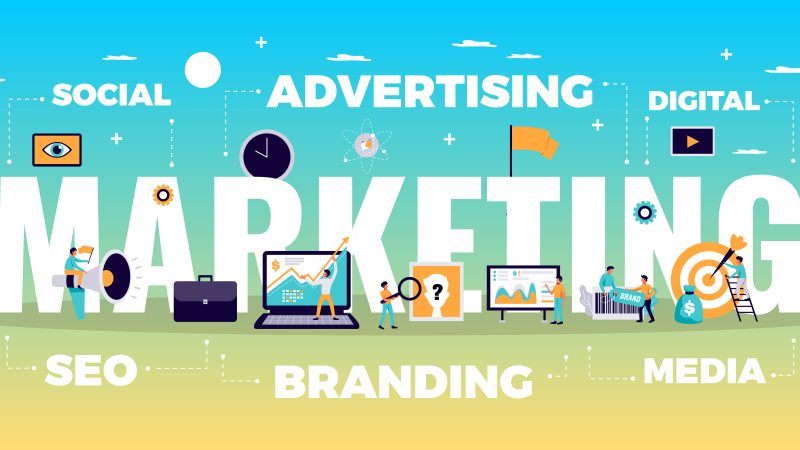What course should I do to become a graphic designer?
Businesses and artists have brought about a global understanding of applied arts. Driven by the success of the creative industries the world has observed over the past decade a growing recognition of the applied arts. Designers who are aware and articulate of consumer’s taste are in high demand, to provide appropriate design solutions and concepts. This blog will give you the reasons how you can stay focused on the buyer and their needs if you choose graphic design courses in London.
Which graphic design course is best for you?
A Bachelor of Arts in Graphic Design might be the answer you are looking for. It will allow you to explore contemporary and historical graphic contexts to develop an understanding of graphic design skills. Let us take a look at the core concepts that you will be dealing with, as a student of a graphic design programme.
- Professional Development – This includes training and knowledge growth that a graphic designer needs to succeed in their career.
- Techniques and Processes – Through this students will acquire the scope of establishing themselves and procedures that can allow you to deliver graphic design services.
- Typography – You can master the art of arranging text and letters in a way that makes the final product clear, legible, and visually appealing to the customer.
- Graphic Design Practices − Effective training is provided on ways to begin a graphic design with a successful layout. From using colour with caution to effectively changing the typography.
- Packaging Design − Product packaging via graphic design solely focuses on the exterior appearance of a product. That can range from the choices in form and material as well as colours, graphics and fonts that can be placed on any kind of container.
- Critical Study in Art and Design – Graphic design is an art form, a technical outcome of human expression that encompasses a system of highly developed procedures to ultimately imbue performances, objects, and experiences with significance.
- Professional Practices – This refers to the conduct and tasks expected of a graphic designer. The prolonged period of training and education is only going to make you aware of what’s out there.
- Advanced Graphic Design Studies − With a good grounding of the principles of design you can become an expert in creating professional designs, be it in print or digital formats.
- Web Design – This encompasses different disciplines and skills in the production and maintenance of webpages.
- Branding and Identity – You will learn about the various types of elements that an organisation requires to portray the right image to its consumer.
- Creative Entrepreneurship – Graphic design is a creative field that requires a special practice of setting up a business or being self-employed.
Besides this, you will also need to work on projects, which can let you apply analytical skills in real-time scenarios. You may be able to develop critical thinking, conceptual understanding, and style to create graphic work that is visually interesting.






